Yesterday, March 18th, a prescribed burn was carried out on Devil's Lake State Park's Roznos…
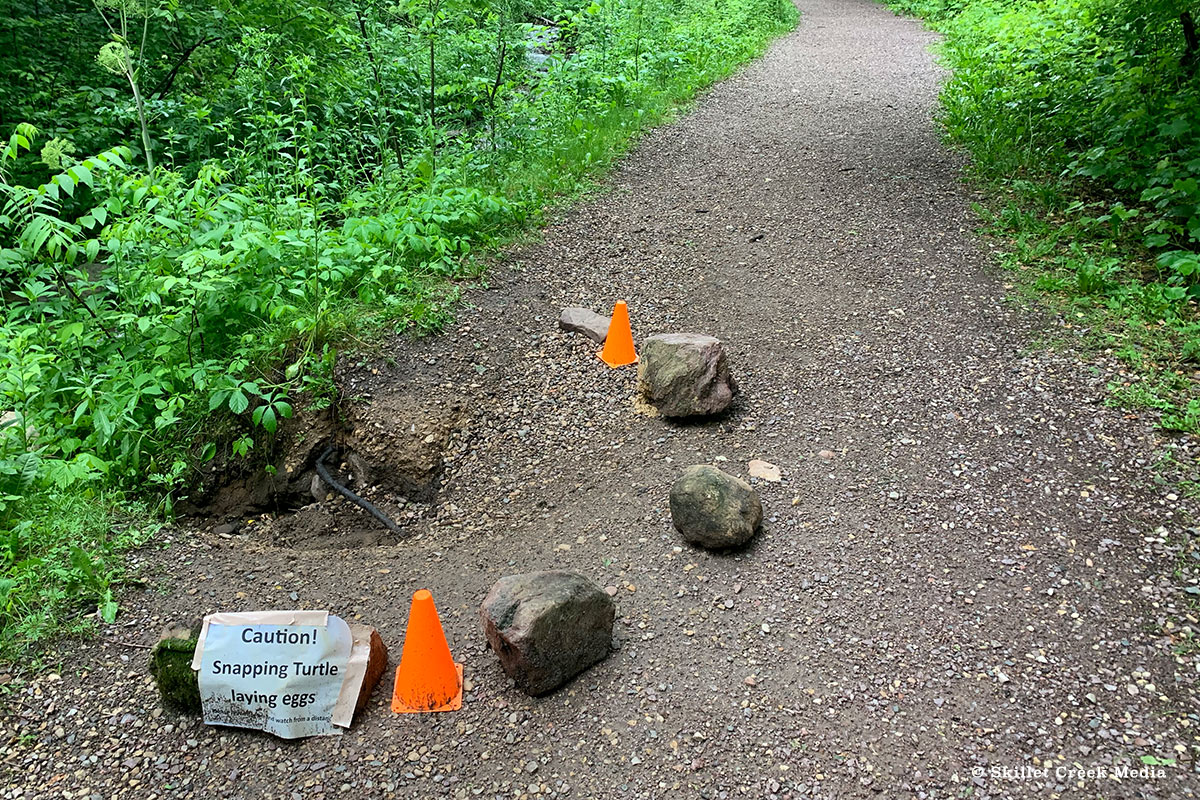
Early Saturday morning, I discovered a snapping turtle laying her eggs along the hiking trail at Parfrey’s Glen State Natural Area. It was clear that not only could she get stepped on, but she could be a hazard to hikers as well. So we had to do something before it got “crazy-busy” out there.
Snapping turtles will look for dry sandy areas to lay 20-40 eggs in the spring. Crushed gravel trails such as the one on the lower section of Parfrey’s Glen or the 400 State Trail are perfect. The problem is that they are also busy trails. However, if the turtles can lay their eggs, then pack them in again, undisturbed it’s rarely an issue. You can simply walk or ride right over them and do no damage at all.

In this case, we simply had to do something. The mother was laying eggs at 8 am on a Saturday, right in the path where hundreds of people would be walking by. Chances are she would be there most of the day. She had also chosen a wash-out gully that was a trip hazard anyway. What’s more, I’d met trail workers earlier in the week that said they had planned to fill it and that was before the turtle discovered that it would be the perfect play to lay her eggs.
I gave a quick call over to the Devil’s Lake State Park naturalist who was also revving up for a busy Saturday, and we decided the best we could do for the time being was to place cones and a sign, then simply have faith in visitors that they would respect the situation. Then we could come back later with a better solution.

A young family came along and helped me get a few stones to block the turtle’s location. Soon the naturalist flew in with a sign and cones. Having done what we could in the moment, we simply went on with our day and left the turtle to continue laying her eggs. Of course, every new visitor to the glen was stopping to see the turtle.
Social Media Can Help
What was fantastic to me was that I received various messages through social media letting me know the turtle was still fine at various parts of the day! People care and at least a few, checked on her safety. Given news stories like this, you can’t help but be concerned. So thank you to everyone who looked out for the turtle on Saturday!
A Better Solution
Turtle eggs have a naturally high mortality rate. Even a one percent/year rise in adult mortality rates could wipe out an entire population of turtles.** Every turtle egg and nest are important to their survival. Given that the eggs were laid in an already prominent trip hazard on a busy trail, it was decided that they should be moved. That would allow for the trail to be repaired and give eggs have a better chance for survival.
Moving The Eggs
So, you can’t simply move turtle eggs. You should contact the DNR first if you feel the nest is at risk. You can do this by filling out the Wisconsin Department of Natural Resources Turtle Reporting Form Here. In the case of our Parfrey’s Glen turtles, they would be moved by the park naturalist.

On Sunday morning around 7 am, we were at the nest again and pleased to see everything was undisturbed. It took a bit of time for her to locate the eggs some 8 inches under the earth. An important aspect of moving the eggs is that you must keep them oriented in the same way (Keep the tops up!), or they may not develop. Once the eggs were gently removed from the nest, they were relocated to a similar location nearby where they should remain undisturbed and allowed to hatch. The new nest would have to replicate the fairly dry, sandy conditions of the first. The eggs would be placed at the same depth and covered firmly with dirt. We will check on the nest through the rest of the season as well.
How You Can Help
This year the Wisconsin DNR has asked everyone to be extra cautious when driving and when it can be done safely, help the turtles get across the roads. They have also asked drivers to help document where they are crossing roads.
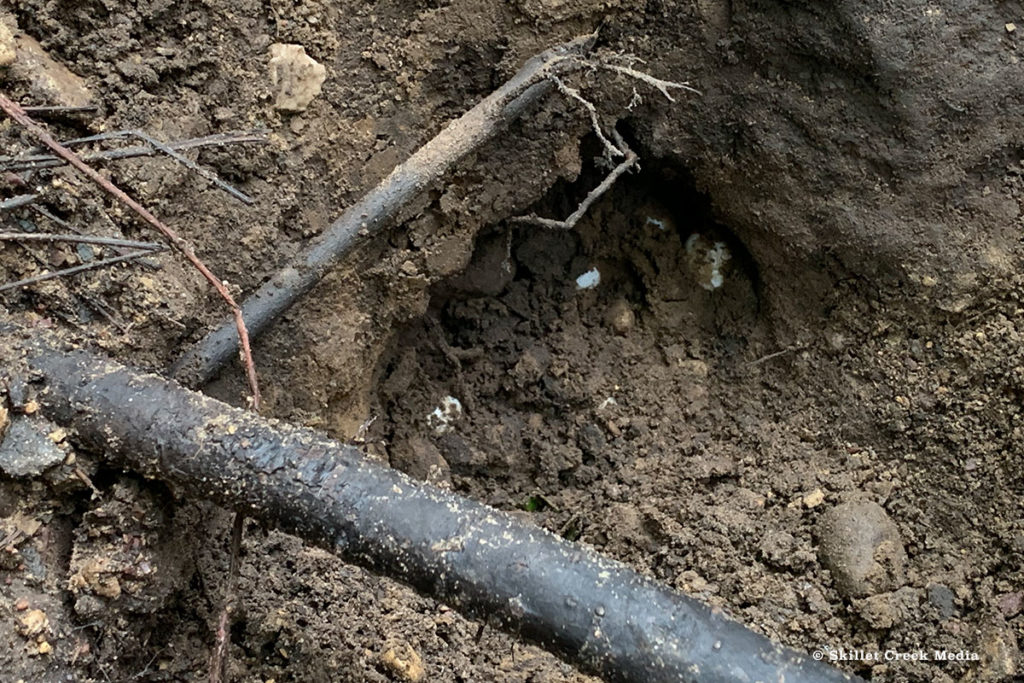
The original nest 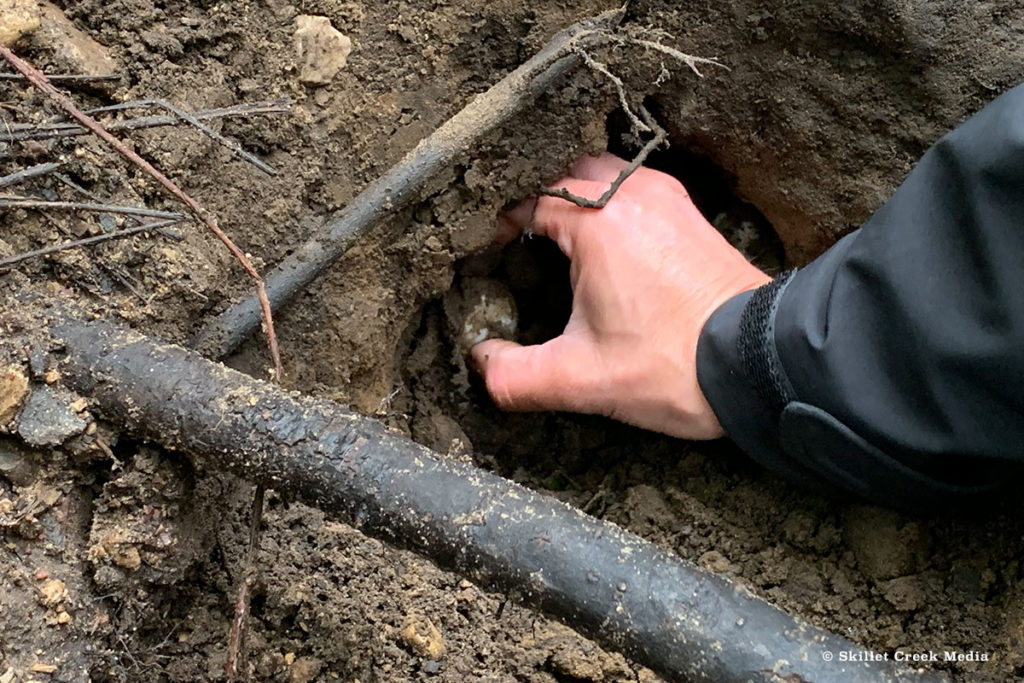
Removing the eggs 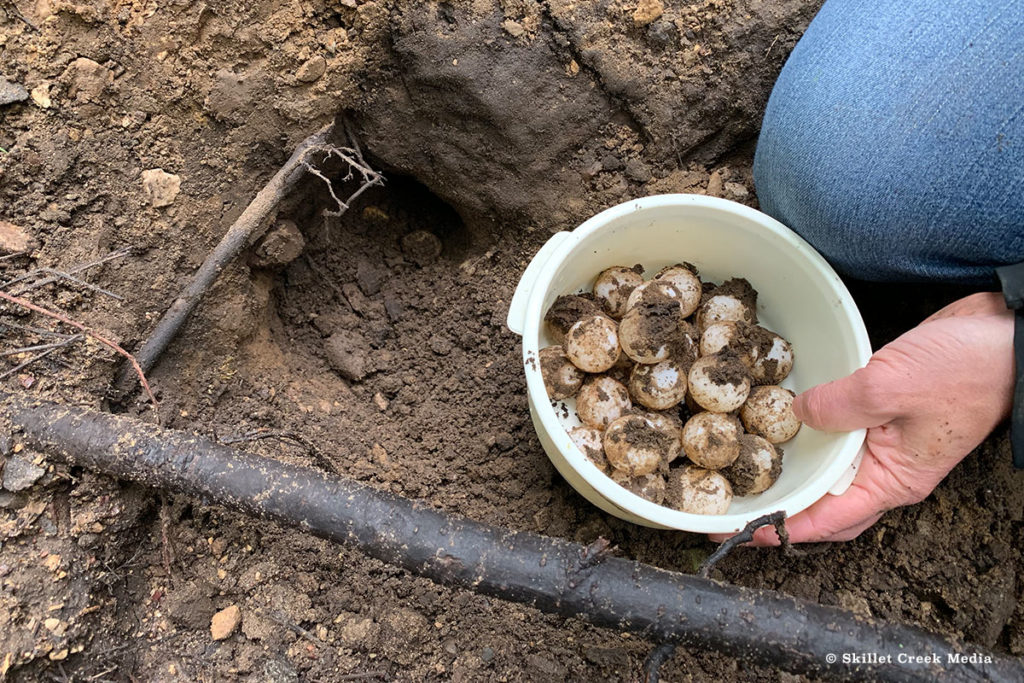
Orientation must remain the same. 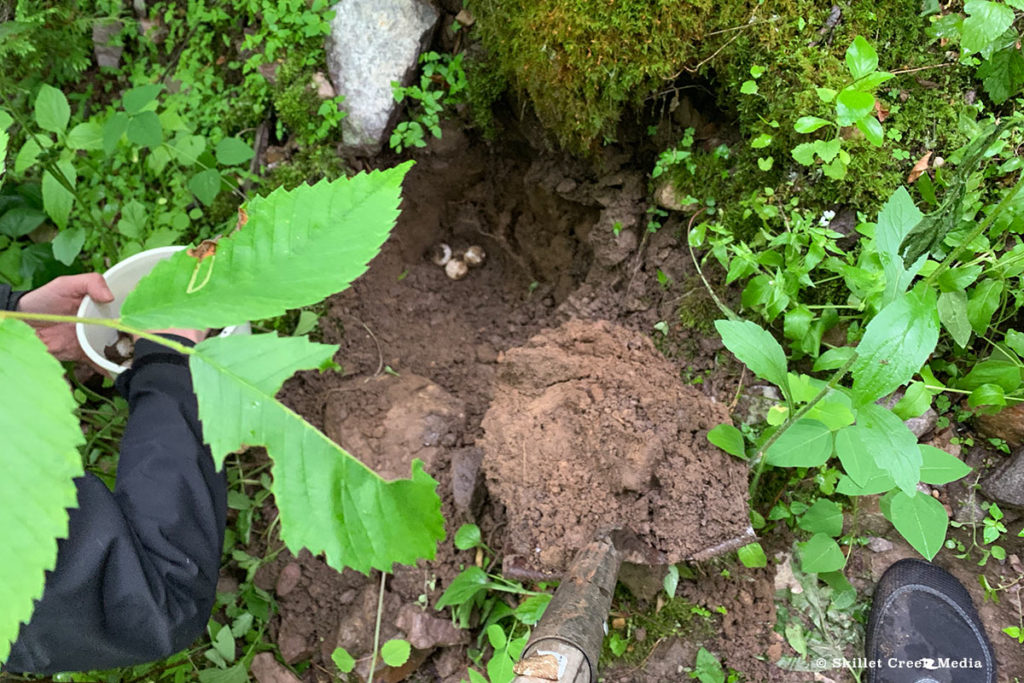
The new nest near by.

For nearly 2 decades the Skillet Creek blog has focused on 3 main goals; To inspire you to visit and explore the Devil’s Lake region, to help you get the most your visit by sharing tips, events, and other helpful information. Lastly to advocate for our environment & wildlife and talk about how we can keep our natural areas amazing now and into the future! That last goal can sometimes cause controversy, but it’s the only way we can accomplish the first two. – Derrick Mayoleth, Owner.
This Post Has 2 Comments
Comments are closed.

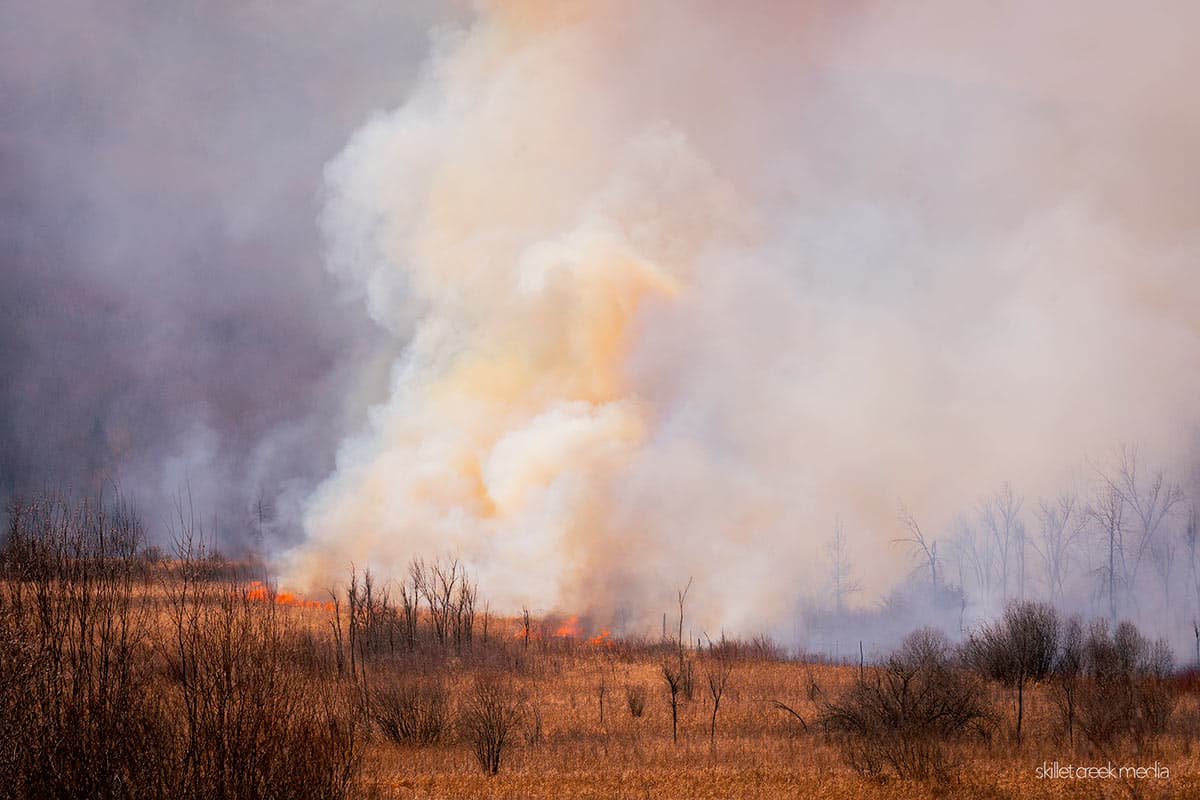

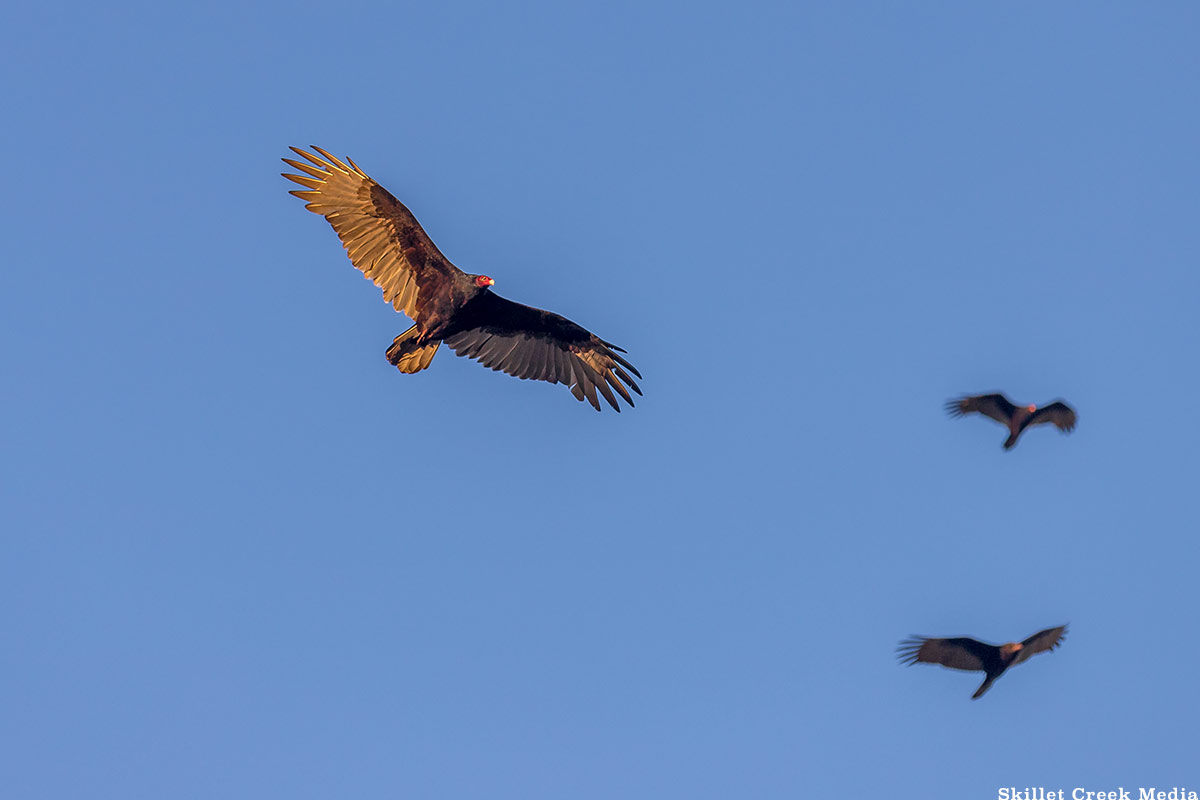
Good job you guys. It’s amazing those little critters can get out of there after hatching, given how tightly packed the eggs are.
I agree. It’s amazing that they find their way out!